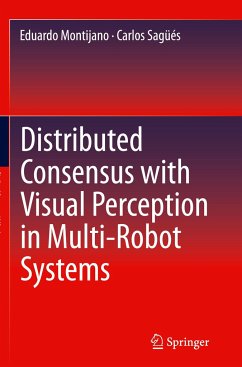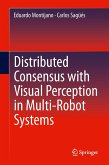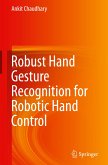This monograph introduces novel responses to the different problems that arise when multiple robots need to execute a task in cooperation, each robot in the team having a monocular camera as its primary input sensor. Its central proposition is that a consistent perception of the world is crucial for the good development of any multi-robot application. The text focuses on the high-level problem of cooperative perception by a multi-robot system: the idea that, depending on what each robot sees and its current situation, it will need to communicate these things to its fellows whenever possible to share what it has found and keep updated by them in its turn. However, in any realistic scenario, distributed solutions to this problem are not trivial and need to be addressed from as many angles as possible.
Distributed Consensus with Visual Perception in Multi-Robot Systems covers a variety of related topics such as:
- distributed consensus algorithms;
- data association androbustness problems;
- convergence speed; and
- cooperative mapping.
The book first puts forward algorithmic solutions to these problems and then supports them with empirical validations working with real images. It provides the reader with a deeper understanding of the problems associated to the perception of the world by a team of cooperating robots with onboard cameras.
Academic researchers and graduate students working with multi-robot systems, or investigating problems of distributed control or computer vision and cooperative perception will find this book of material assistance with their studies.
Distributed Consensus with Visual Perception in Multi-Robot Systems covers a variety of related topics such as:
- distributed consensus algorithms;
- data association androbustness problems;
- convergence speed; and
- cooperative mapping.
The book first puts forward algorithmic solutions to these problems and then supports them with empirical validations working with real images. It provides the reader with a deeper understanding of the problems associated to the perception of the world by a team of cooperating robots with onboard cameras.
Academic researchers and graduate students working with multi-robot systems, or investigating problems of distributed control or computer vision and cooperative perception will find this book of material assistance with their studies.








